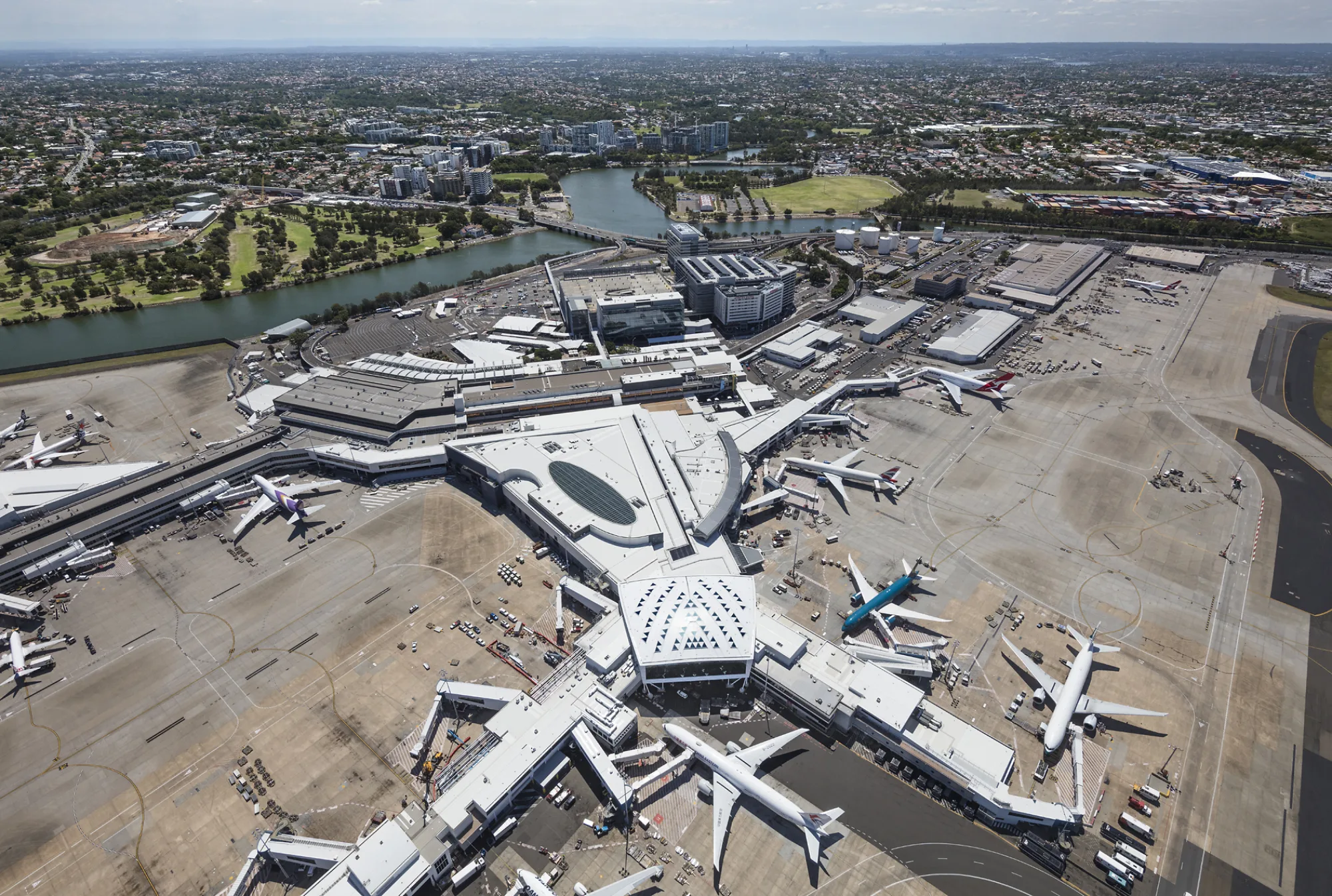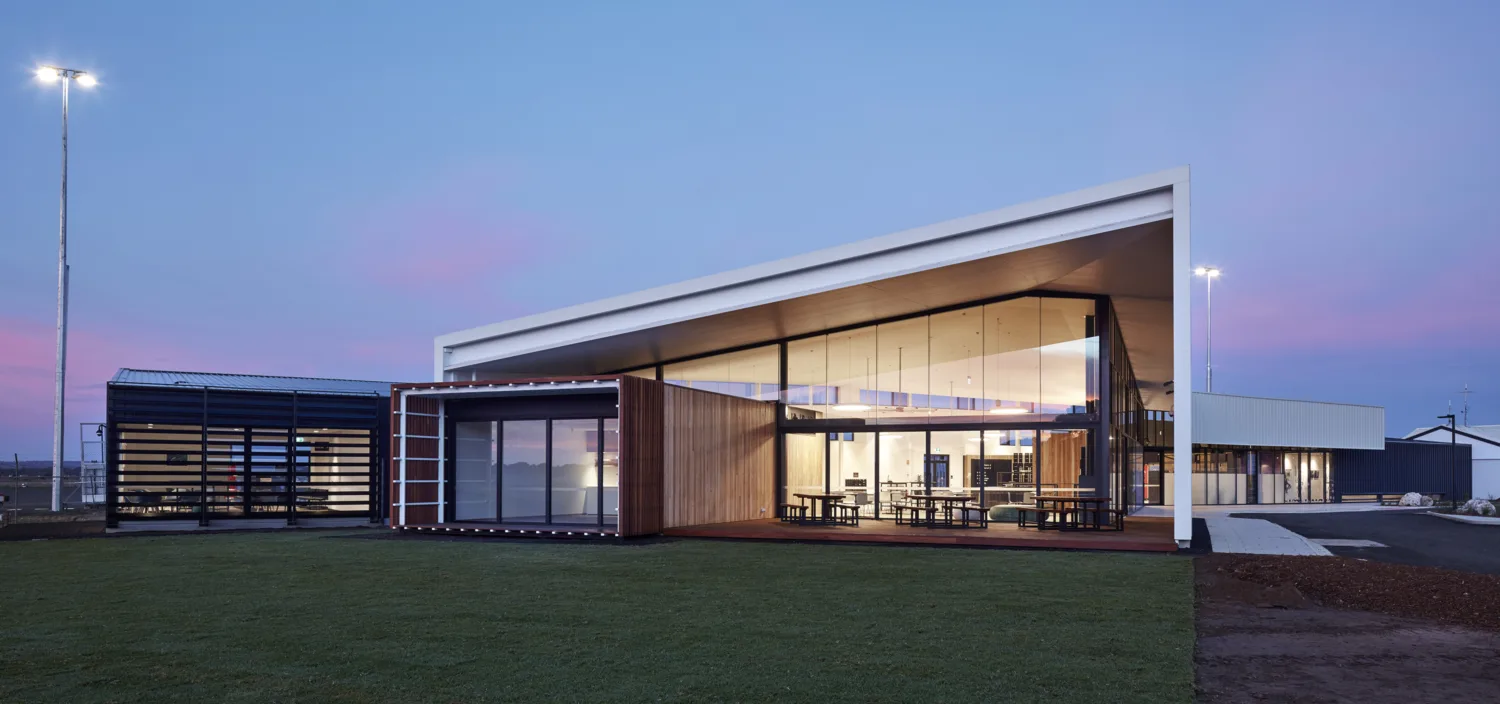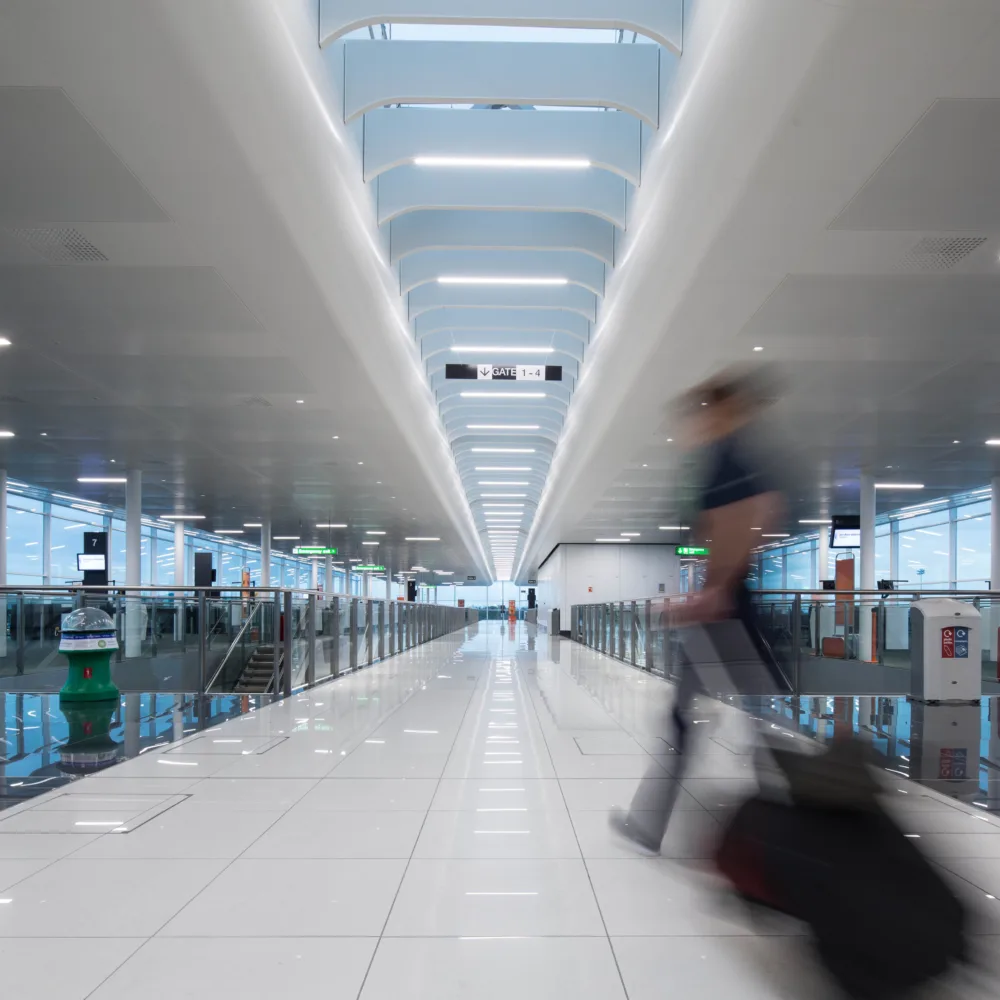Beyond the runway: the quiet revolution in aviation sustainability
Authors

Alex Stathakis
View bioWhile the aviation industry often faces public scrutiny for its environmental impact, a quiet revolution is underway behind the scenes. Airports and airlines are investing heavily in innovative technologies and sustainable practices to reduce emissions and chart a flightpath for a greener future.
Here is a snapshot of some of the breakthroughs happening both above and below the wing.
Sustainable aviation fuels
Sustainable aviation fuels (SAF), derived from renewable sources like biomass, waste oils, and even municipal solid waste, are emerging as game-changers for reducing aviation emissions. These fuels can be blended with conventional jet fuel, significantly reducing carbon emissions by up to 80%.
Industry leaders like Airbus are at the forefront of SAF adoption, investing in SAF production and demonstrating the feasibility of flights powered entirely by sustainable fuel. This commitment signals a significant shift towards a more environmentally-friendly future for air travel.
Technological innovation
Beyond fuel, the aviation industry is harnessing technological innovation to improve aircraft efficiency and reduce emissions. The Airbus "fello'fly" project is a remarkable example. Inspired by the V formations of migrating geese, this project involves two aircraft flying in formation, with the follower aircraft benefiting from the wake updraft of the leader, resulting in up to a 6% reduction in fuel consumption.
Lufthansa Technik's AeroSHARK technology, inspired by the skin of sharks, is another groundbreaking innovation. This surface treatment reduces drag on airplanes, leading to lower fuel consumption and emissions. Lufthansa Technik has successfully rolled out AeroSHARK to the entire Swiss Boeing 777 fleet, demonstrating the real-world impact of this technology.
Winglets, those distinctive upward-curving extensions at the wingtips of many modern aircraft, are not new. They have been instrumental in reducing wingtip vortices, which are mini tornadoes of air that create drag and decrease fuel efficiency. However, the aviation industry is now exploring even more advanced winglet designs, including downward-pointing winglets and Boeing’s split-scimitar winglets, which promise to further enhance aerodynamic performance and reduce fuel consumption.
Greener ground operations
The sustainability revolution extends beyond the skies to the airport tarmac. Airports worldwide are electrifying their ground vehicle fleets, from baggage tugs to passenger buses, reducing emissions and noise pollution. They are also optimising taxiing routes and implementing energy-efficient systems for baggage handling and other operations.
Christchurch Airport in New Zealand is a prime example of this commitment to sustainability. In collaboration with Hamburg Airport and Airbus they are developing a green hydrogen hub. This project aims to establish infrastructure for the production, storage, and distribution of green hydrogen to power aircraft and airport operations.
Sustainable taxiing
Taxiing, the process of aircraft moving on the ground, is a significant source of airport emissions. Schiphol Airport in Amsterdam is pioneering sustainable taxiing with Taxibots, special tugs that tow aircraft to and from the runway without the need for engines. This innovation reduces fuel consumption, noise, and emissions, making airports cleaner and quieter.
Renewable energy and energy efficiency
Airports are increasingly investing in renewable energy sources like solar and wind power. For instance, Christchurch Airport is developing a 400-hectare renewable energy precinct to generate green hydrogen for aviation use. This commitment to renewable energy reduces their carbon footprint and positions them as leaders in sustainable aviation.
Airports and airlines are also upgrading their facilities and equipment with energy-efficient solutions, from LED lighting to advanced HVAC systems and building services electrification, further minimising their environmental impact.
Electric ground power and preconditioned air
Auxiliary Power Units (APUs), which provide power and air conditioning to aircraft on the ground, are a major source of emissions at airports. To address this, airports are investing in electric ground power and preconditioned air systems. These systems allow aircraft to switch off their APUs while parked, reducing emissions and noise pollution.
Airport Carbon Accreditation
The Airport Carbon Accreditation program provides a framework for airports to measure, manage, and reduce their carbon emissions. This voluntary program, with its emphasis on transparency and stakeholder engagement, aligns perfectly with growing demands for environmental responsibility.
Overall, while the aviation industry's journey towards sustainability is complex, the momentum of progress is accelerating. Through a combination of technological innovation, sustainable practices, and infrastructure investments, airports and airlines are charting a course towards a greener future for the sector.
As passengers, we can play our part by supporting airlines and airports that prioritise sustainability and by choosing environmentally conscious travel options.





